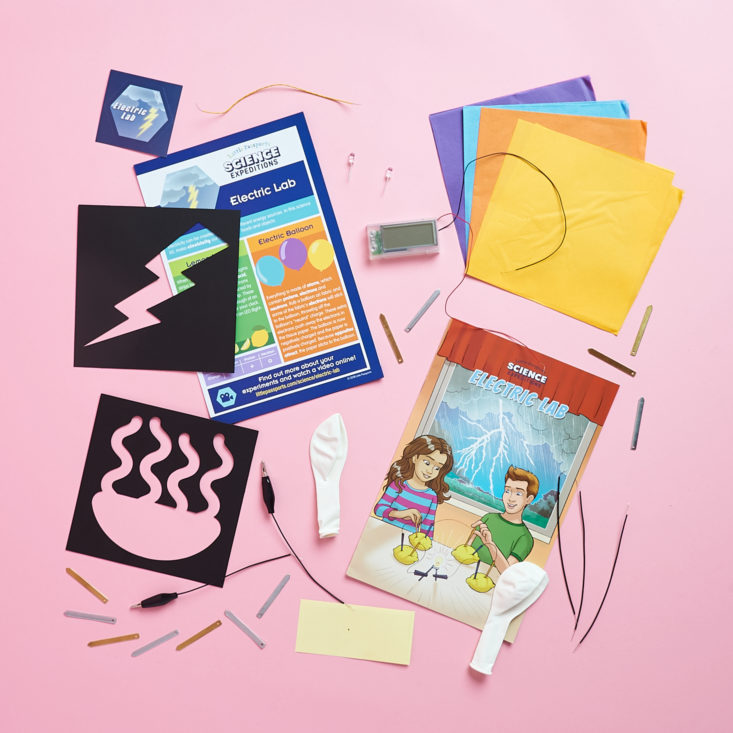
Little Passports is a subscription box that helps kids explore the world through fun and educational activities and is one of the best subscription boxes for kids as voted by MSA readers. They offer a range of subscription options for ages 3-8+, as well as "Individual Activity Kits" that can be ordered along with any subscription at the time of purchase.
This review is of the Little Passports: Science Expeditions (recommended ages 8+) for $27.95. This box includes science experiments, plus a comic book related to the monthly theme.
This box was sent to us at no cost for review. (Check out the editorial guidelines to learn more about how we review boxes.)
Science Expedition: "Electric Lab"
My son is 8 years old and he has a life plan - or plans, to be more specific. Plan A is to become an Electrical Engineer, working at the same place my husband works, all while being a part-time farmer. Plan B is to be a full-time farmer, and Plan C is to become a professional baseball player. We as parents of course encourage him to follow all of his dreams and were really excited to watch him try out this Electric Lab all on his own. See how things went below.
Electric Lab Comic and Activity Book
Every month, Little Passports sends our monthly activity along with a really fun comic and activity book pertaining to the monthly theme. Our Electric Lab comic was wonderfully illustrated and depicted lightning electricity, a charged balloon, and circuits. We even learned about wacky wiring and completed an activity that involved Hank completing broken circuits so all of the LED lights would glow. My husband is an electrician and this activity helped us understand certain aspects of his job he comes home and talks about!
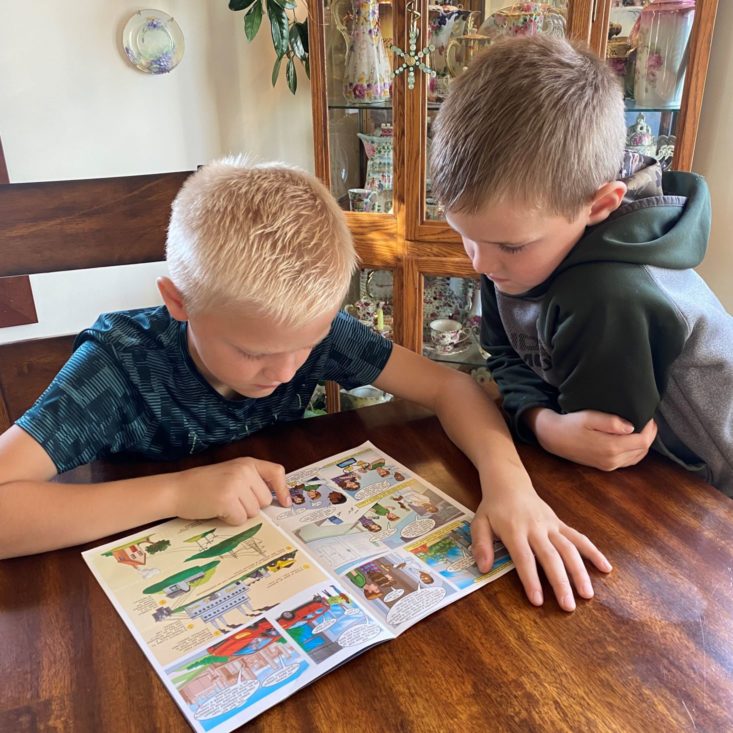
I always enjoy watching Hank and Charlie work together. They spent the afternoon going through the comic book and activities before working on this month's projects.
Electric Lab Instruction Guide
After reading this month's comic book, the boys couldn't wait to get their hands on the Electric lab experiments especially when they discovered the inclusion of lemons. Thankfully we took a peek into this kit before we headed to the grocery store so we were able to purchase all of the necessary supplies to create our lemon/potato clock, lemon light, and electric balloon. Hank was able to perform all of these experiments on his own and was so very proud of his finished results.
Project: Lemon Clock
Our kit this month included copper strips, zinc strips, a digital clock with two wires, tape, and a yellow connecting wire. Materials we needed to provide were lemons or potatoes, cups, and a plate.
For the lemon clock experiment, Hank only had to follow eight steps. The written instruction was helpful, but the pictures were where it was at. Hank did a fantastic job at following along - re-reading directions where he needed to and getting it correct the first go around. His nimble little fingers easily bent the wire and taped them into place. The circuit was completed rather quickly and then came the real struggle: setting the clock. There are detailed instructions on how to do this, but we rode the struggle bus for a while. Finally getting the clock and date set, Charlie accidentally pulled out one of the strips resetting it. Whoops! We tried this with our lemons and potatoes finding it to work with both - how cool is that?!
Project: Lemon Light
To create our lemon light, we received two LED bulbs, four copper strips, four zinc strips, tape, two sires with alligator clips, and three black connecting wires. From home, we needed to provide four lemons and a plate.
Similar to the lemon clock, Hank was able to create a lemon light using four lemons with more completed circuits. At first, he was a little intimidated by the number of strips and wires this project provided, but after reading the directions and following the pictures, he blasted through this project in no time, finally connecting his alligator clips to the light bulb for a blue glow! If you are curious to know how on earth a lemon can power a light I will explain: when you place the copper and zinc strips into the lemons or potatoes, the zinc begins to dissolve the lemon's citric acid, releasing electrons. Those electrons go through the wires because they are attracted by the protons in the copper strip. Those moving electrons create enough current to power the clock and the LED light. Crazy isn't it?
Project: Electric Balloon
For our last project, we received two stencils, four sheets of tissue paper, and two balloons. From home, we needed a pair of scissors, a pencil, and fabric.
Our last experiment involved the area of static electricity. We traced the stencils on our tissue paper and cut them out. We then inflated our balloons and knotted the ends. Using carpet, Hank's hair, blankets, and couches, we rubbed the balloons to create static electricity. Placing the balloon just a few inches above the tissue paper caused the shapes to rise and stick to the balloon. The balloon's extra electrons attract the tissue paper! It's electric!
Electric Lab Badge
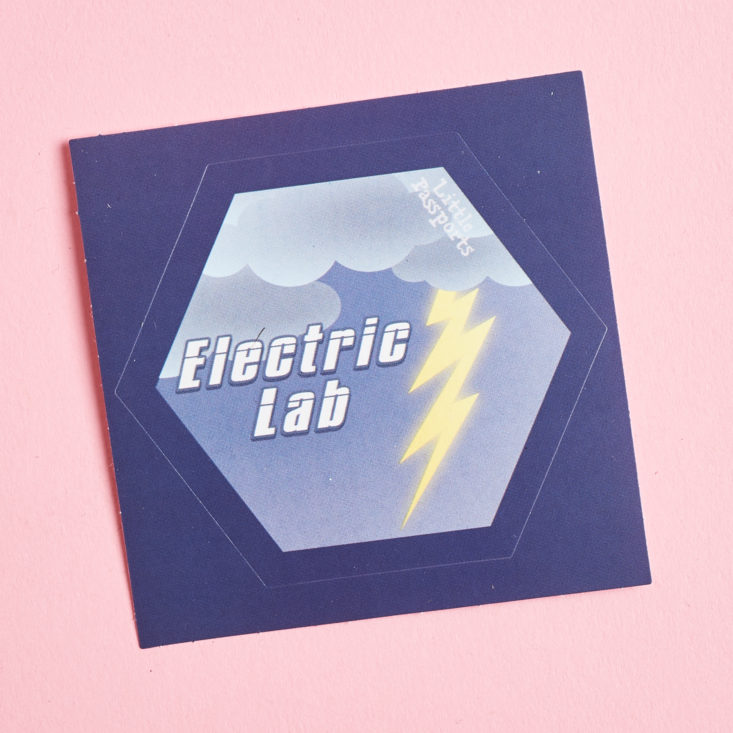
After we completed our activities we were awarded the Electric Lab Badge, as a tribute to our hard work and play!
Verdict
Let me just say that after last month's hydraulic robot arm, Hank was skeptical that anything could be more fun than that. When he took out the supplies he looked a little overwhelmed, but quickly brightened, and by the time he finished the projects he was ecstatic. My husband is an electrician and was thoroughly impressed with these projects, which happened to be perfect for an aspiring electrical engineer. The curation, comic book, and education aspect of this box was spot on this month, though I feel $27.95 is a little bit high, especially because I had to purchase the lemons. If they could add one more experiment or include all of the necessary supplies I would be a lot more impressed. What do you think next month's theme will be?
Keep Track of Your Subscriptions: Add this box to your subscription list or wishlist!
To Wrap Up:
Can you still get this box if you sign up today? You'll start with the Forensic Science box in the first month, followed by a different themed box each month thereafter.
What do you think of this box?

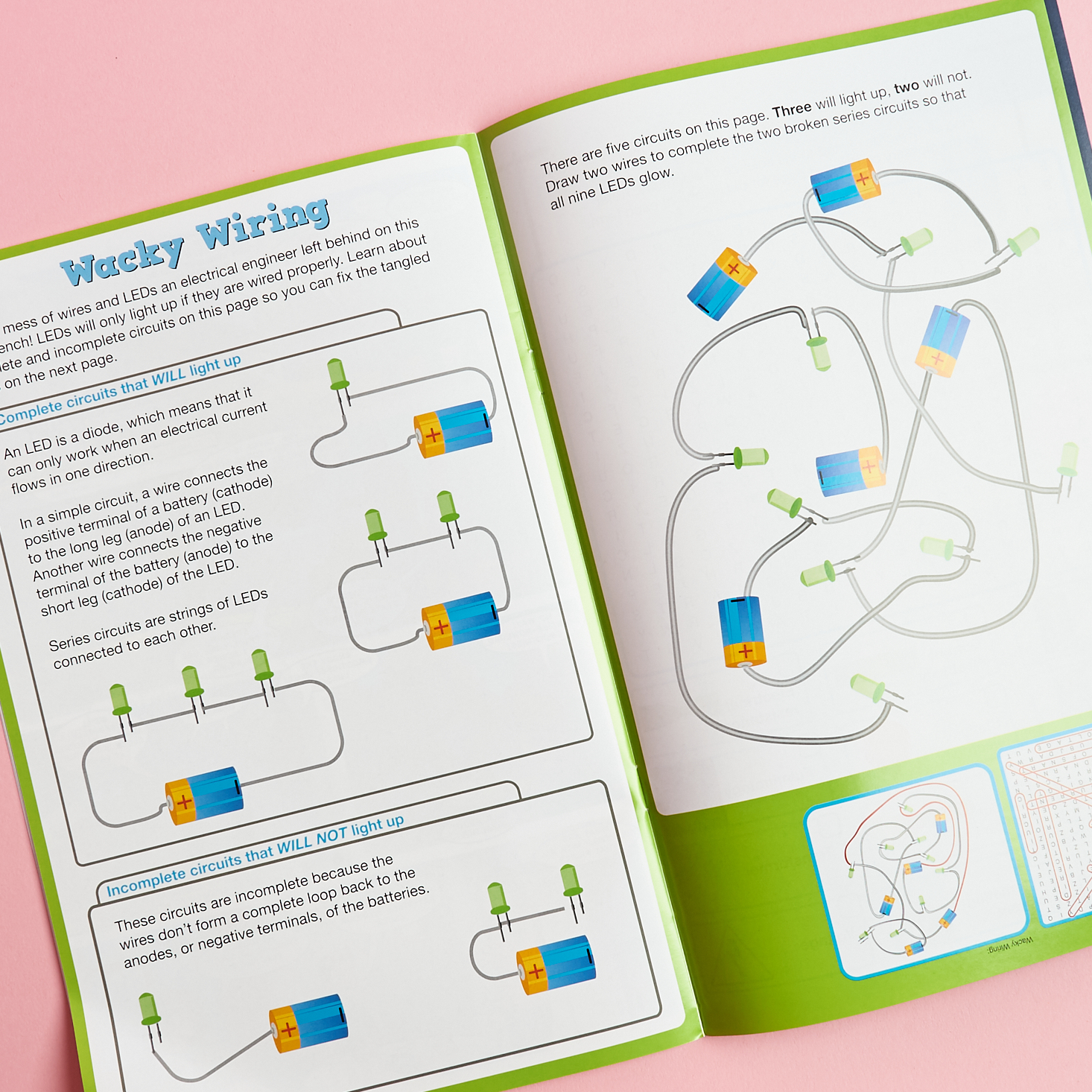

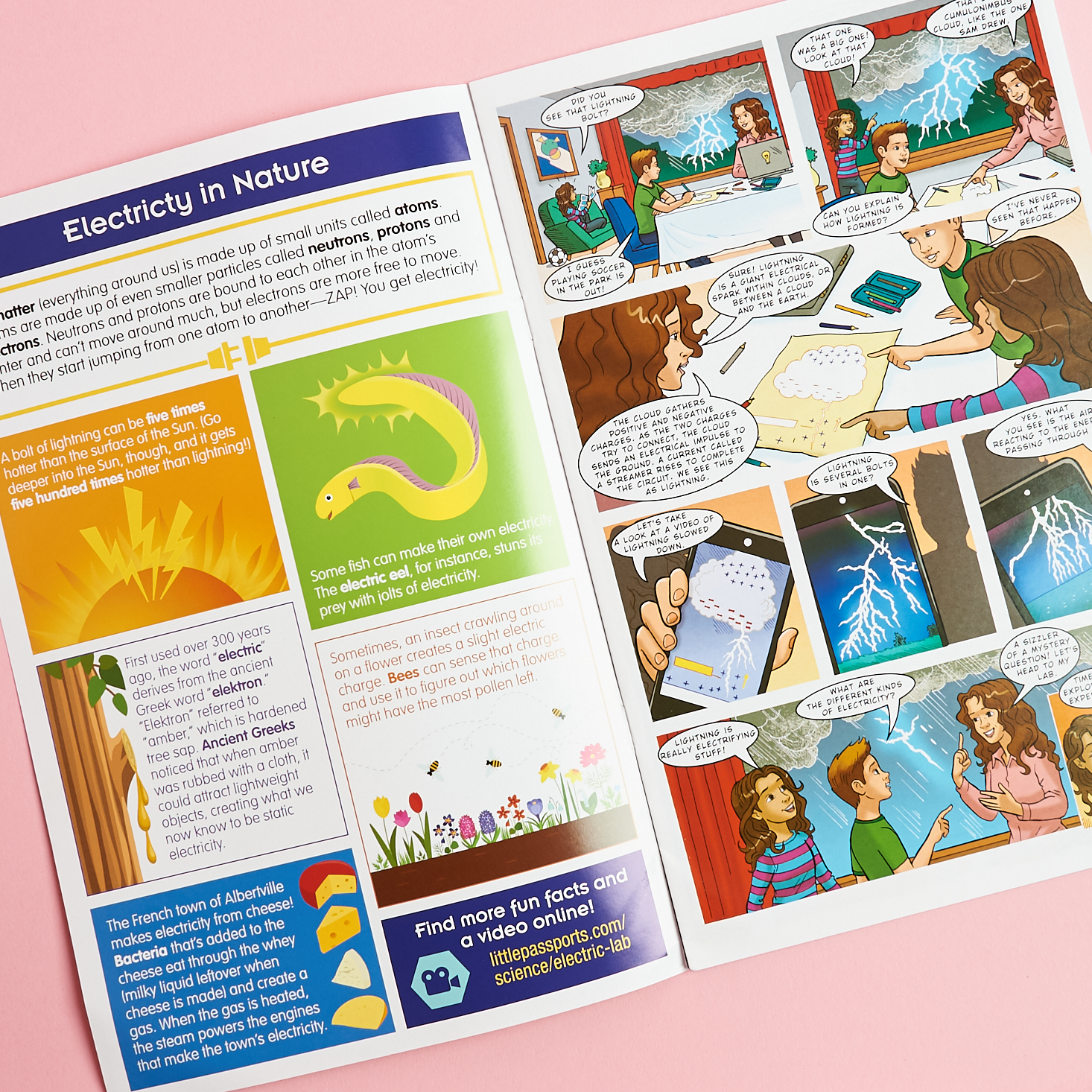

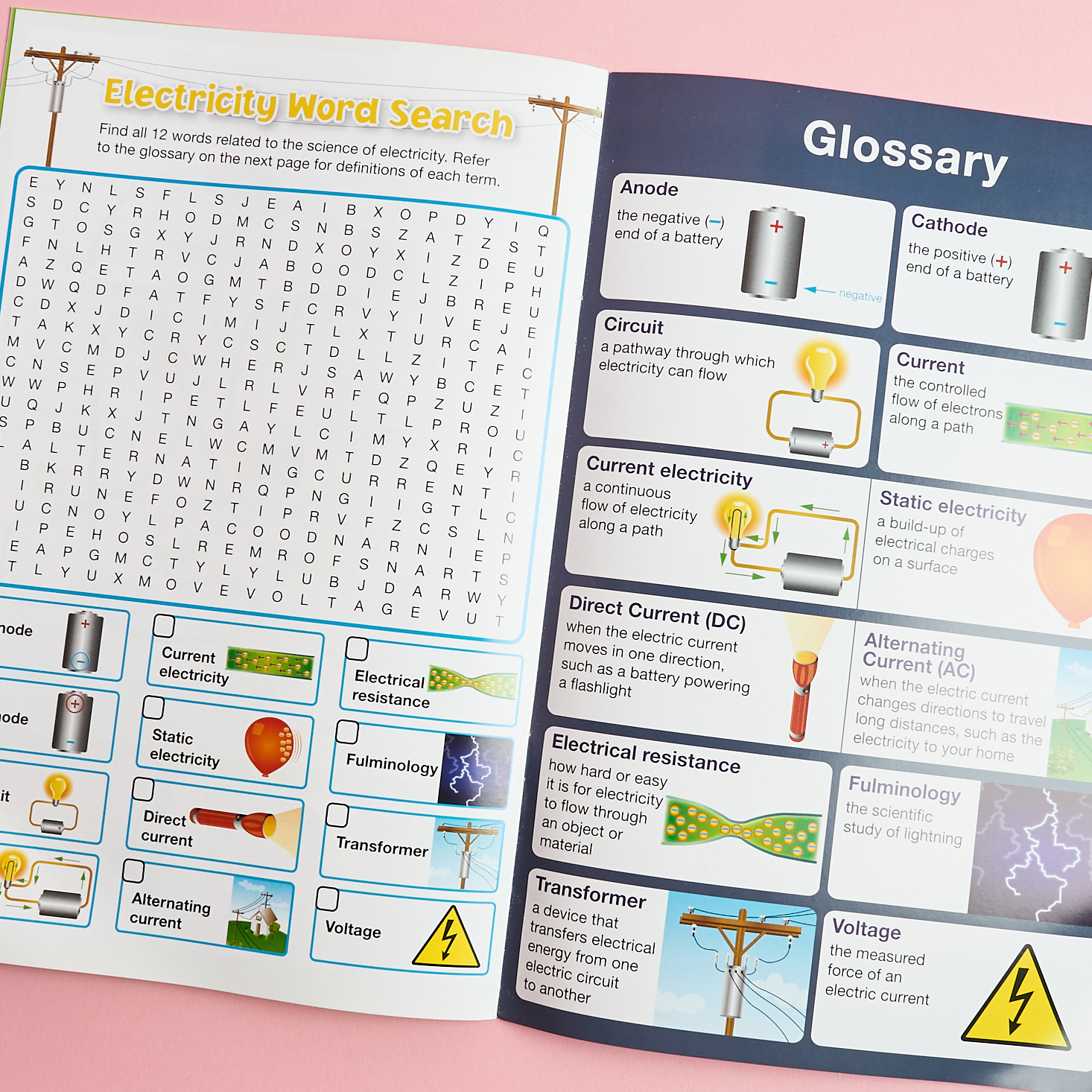


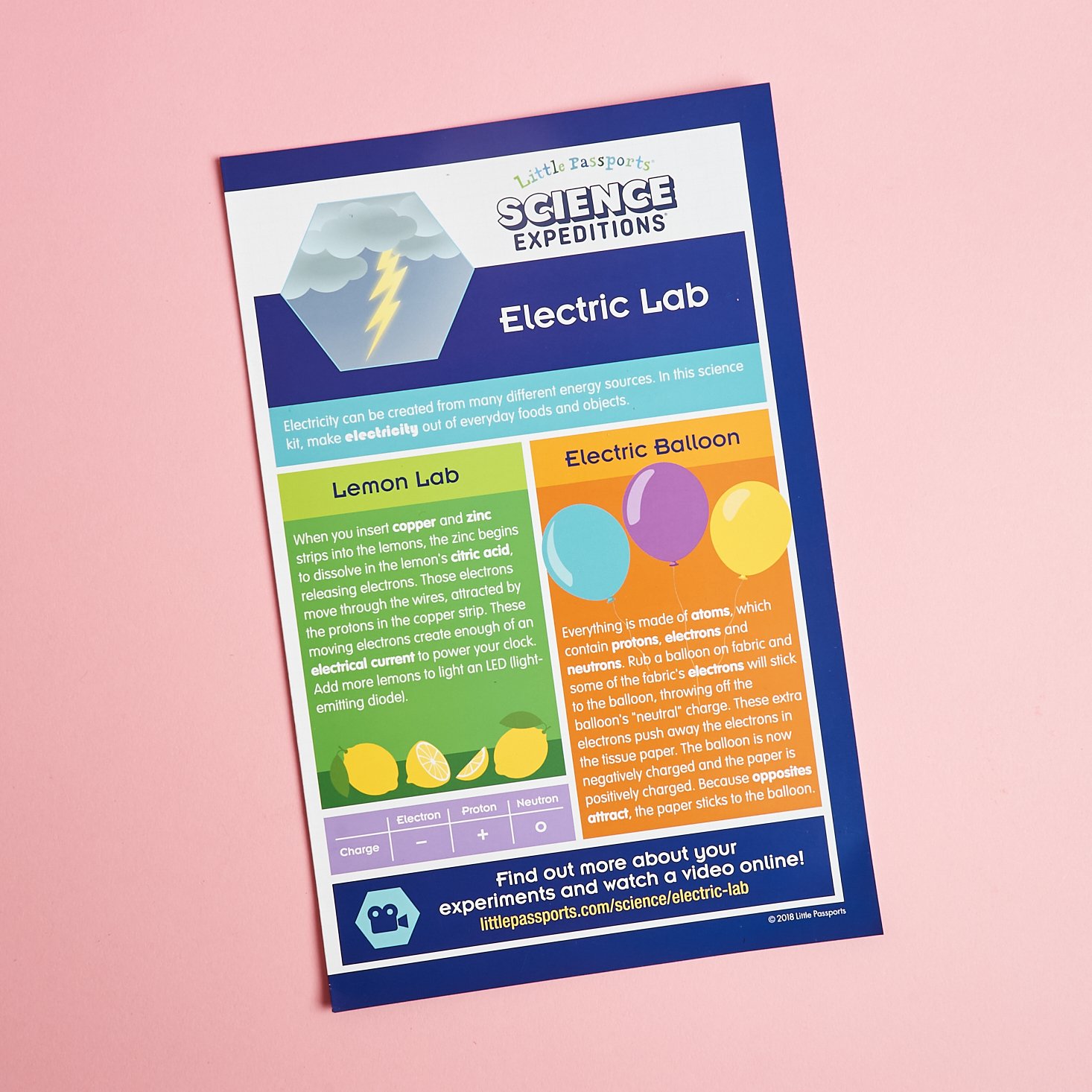
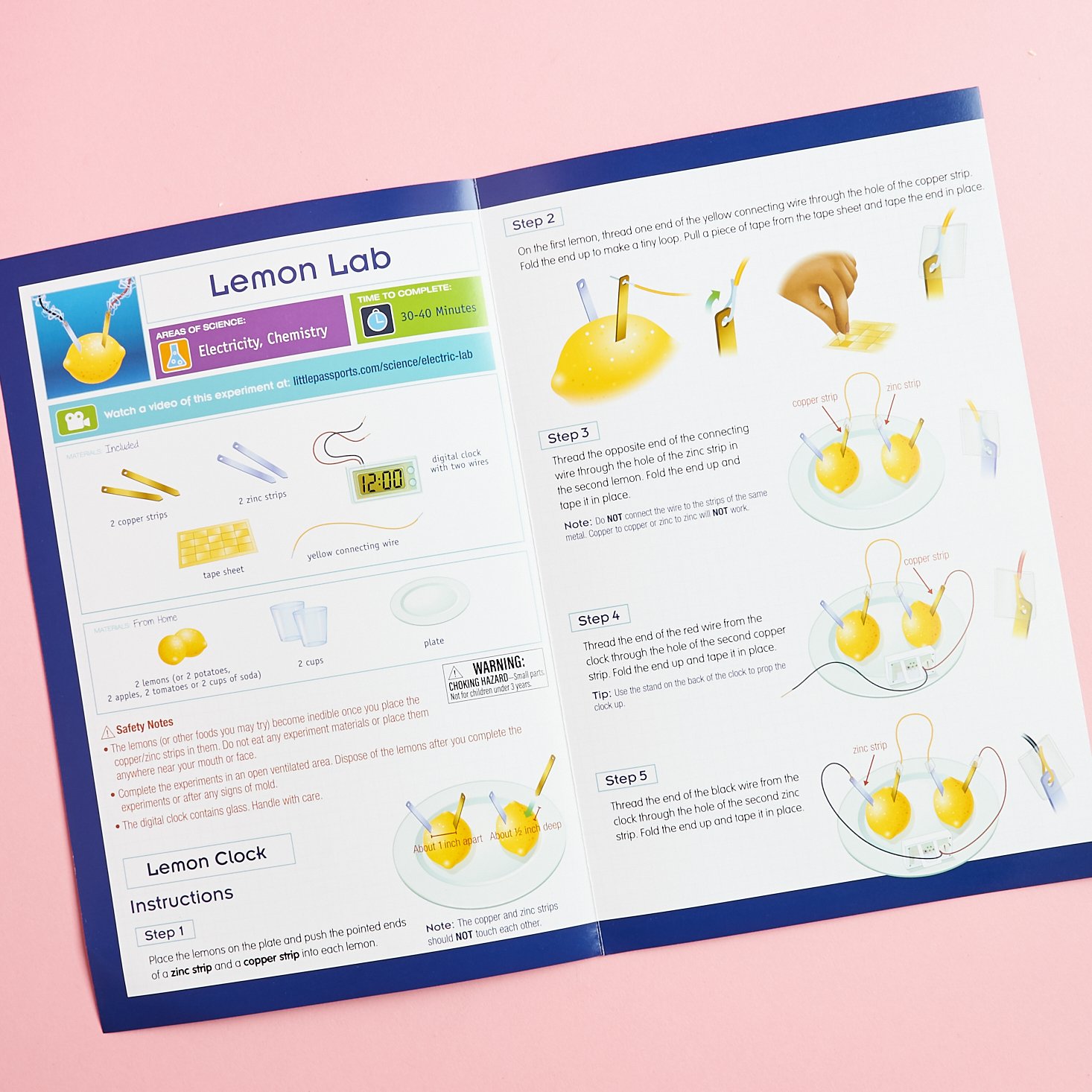
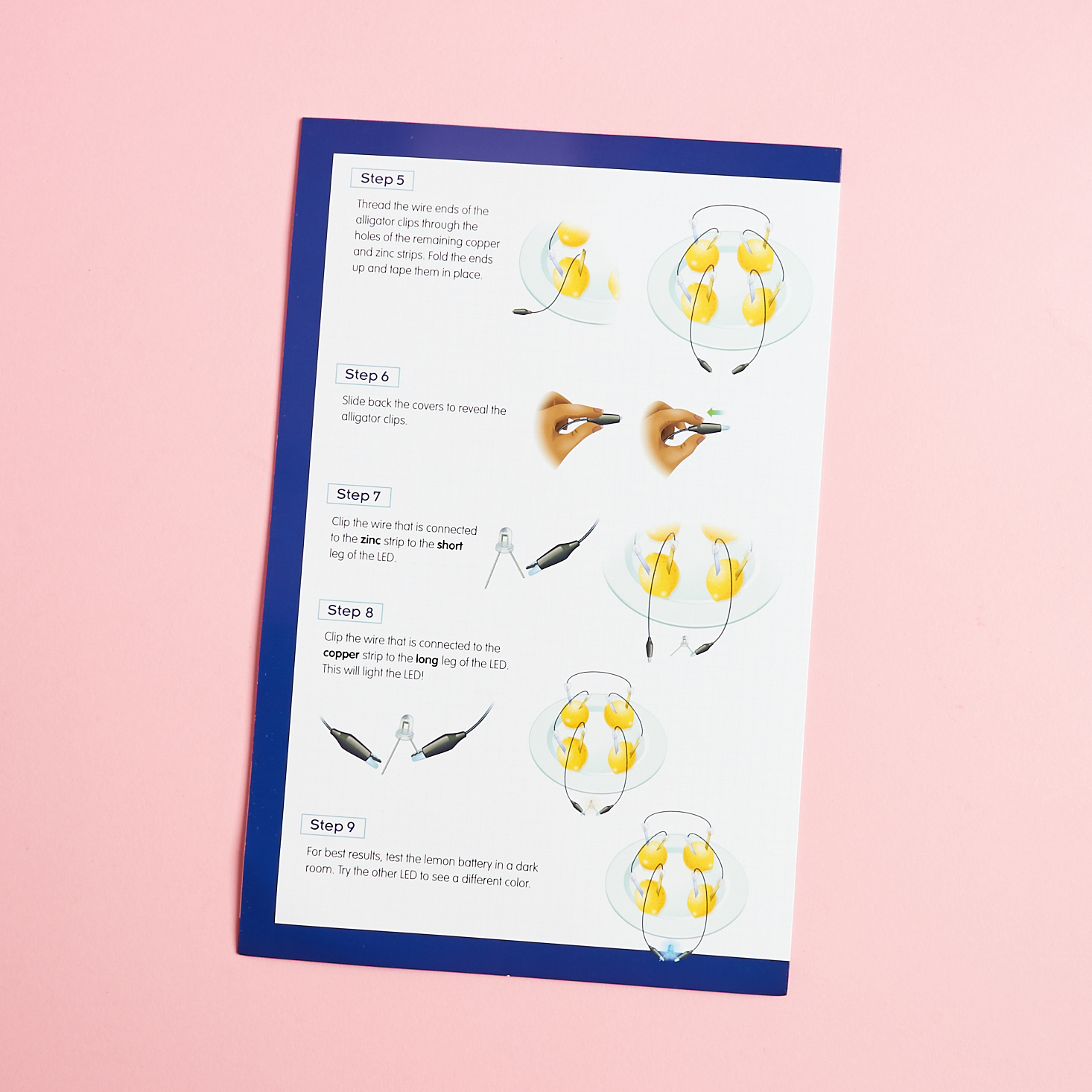
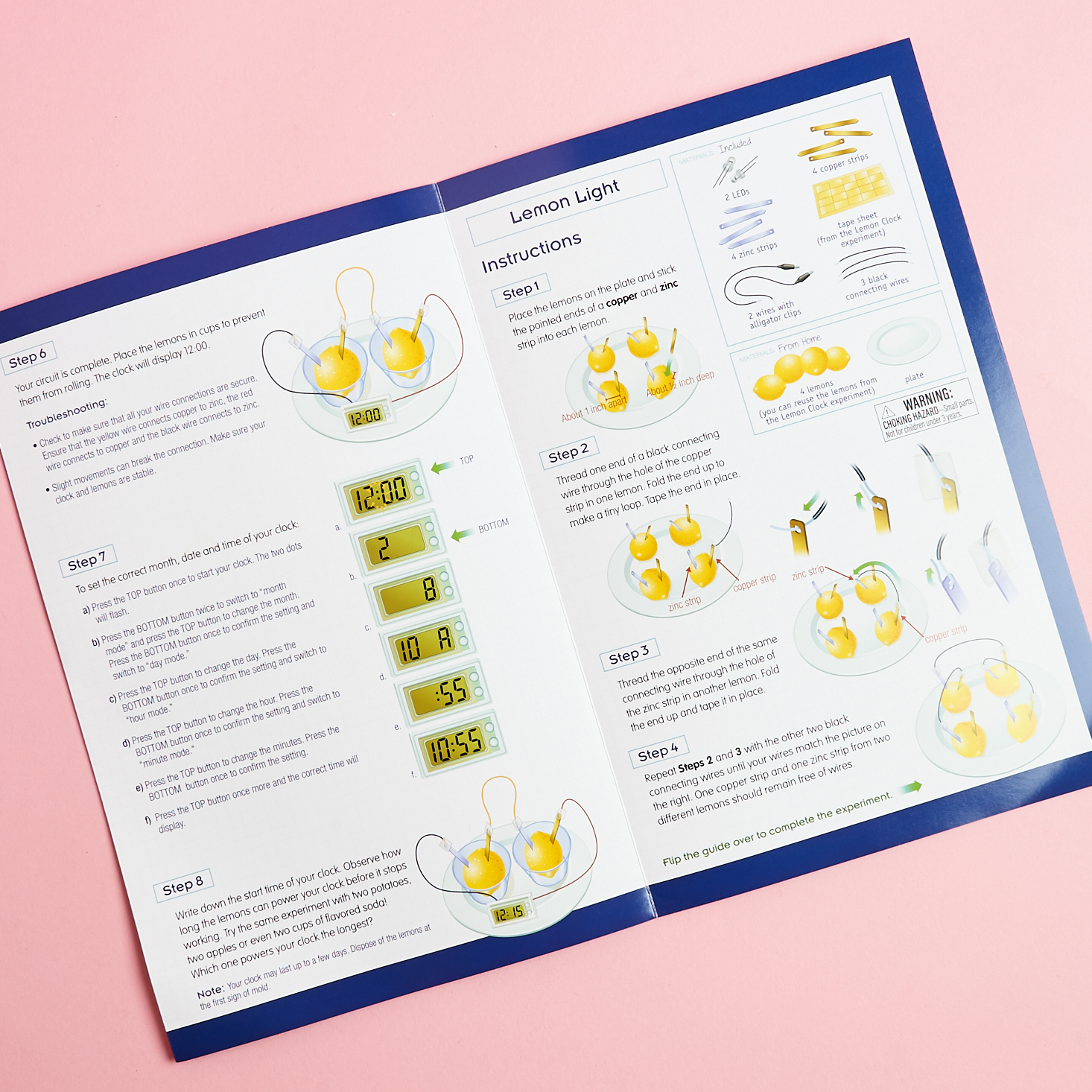




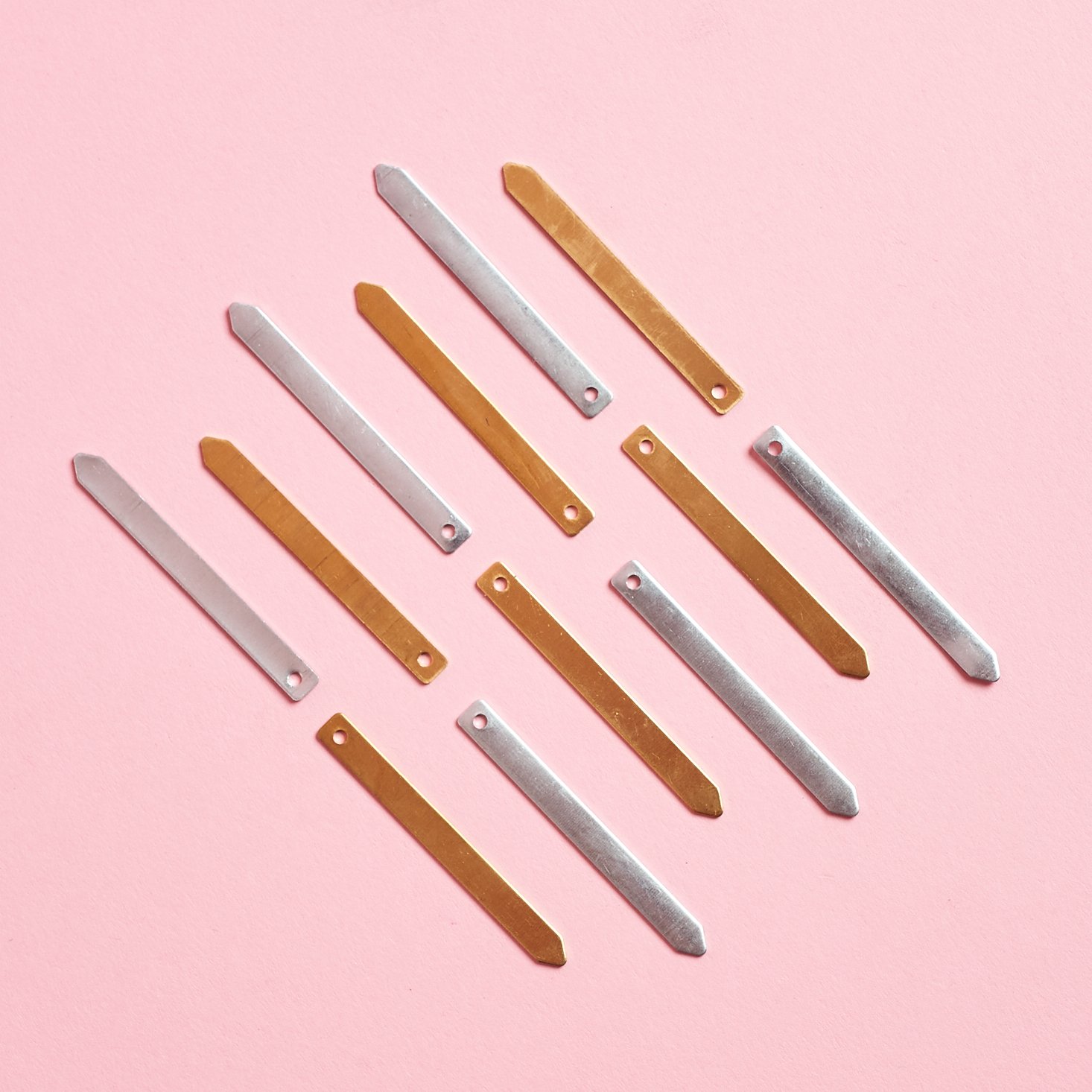


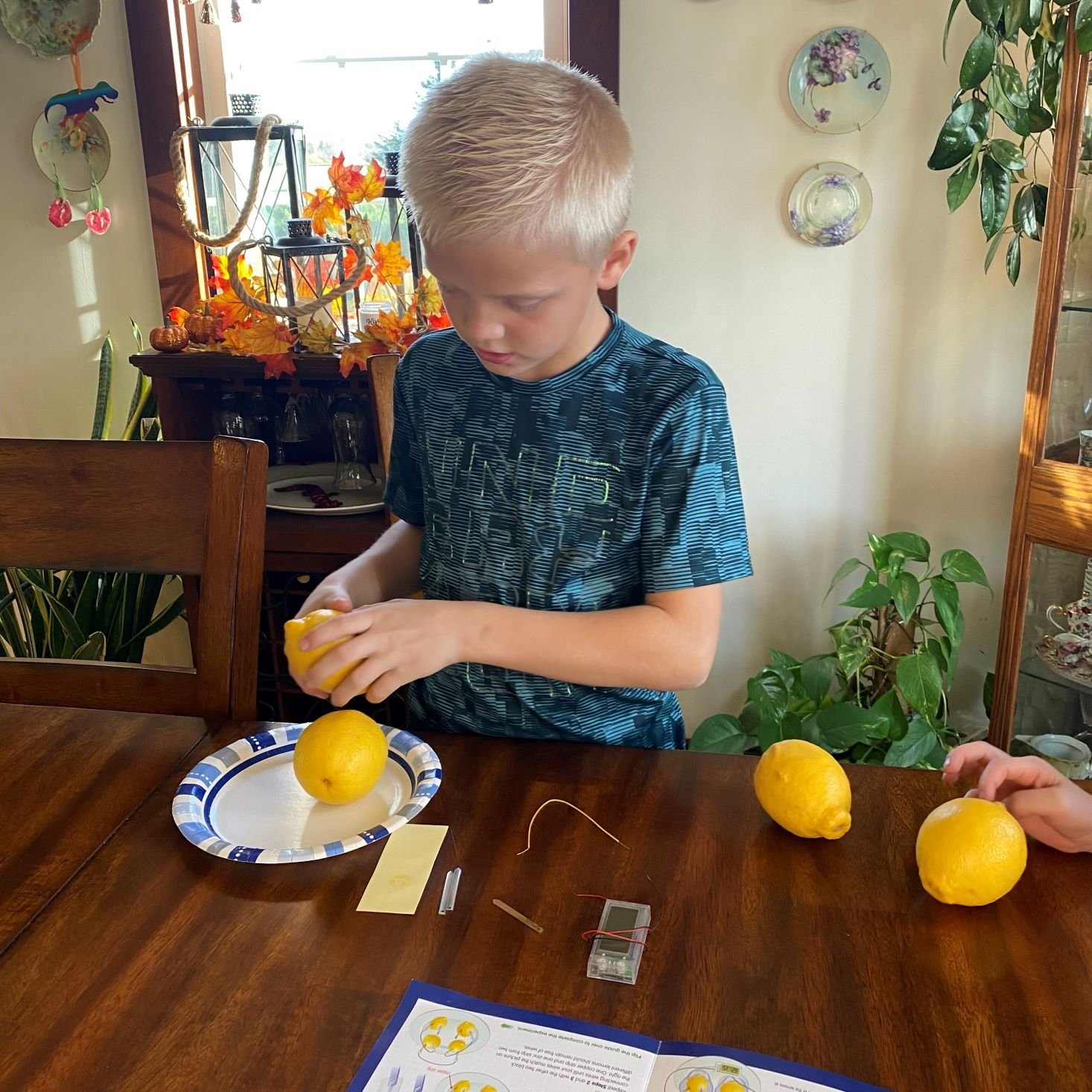
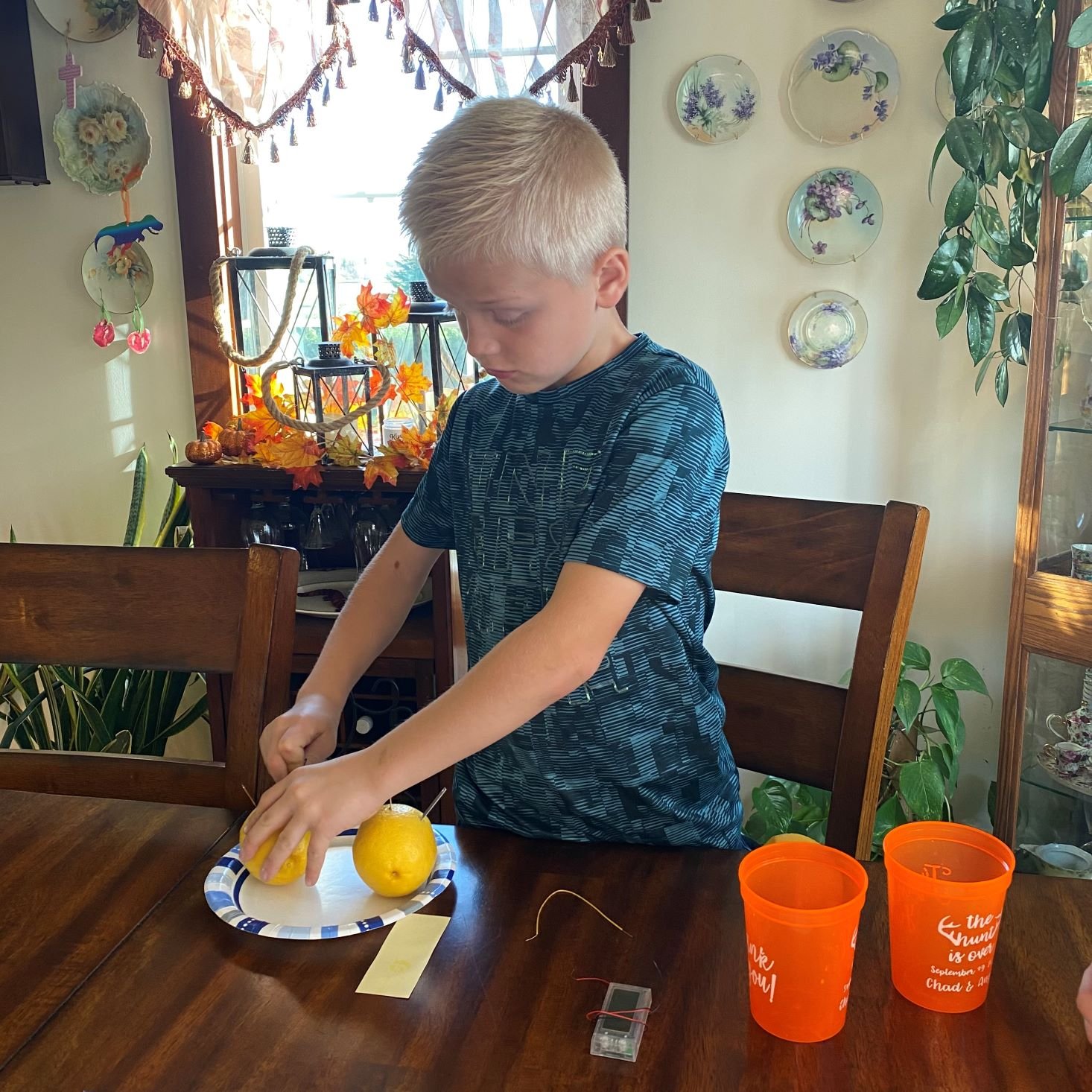


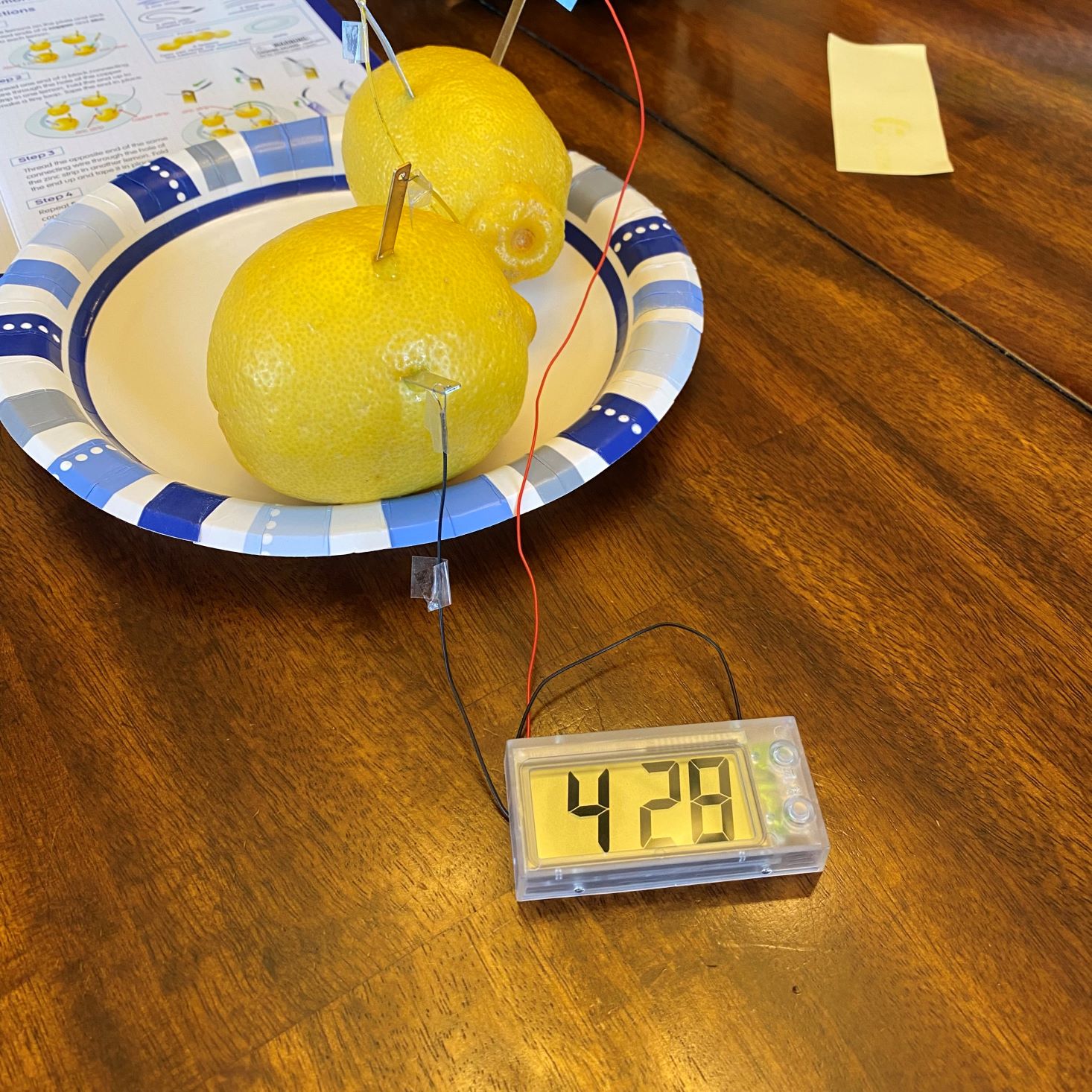
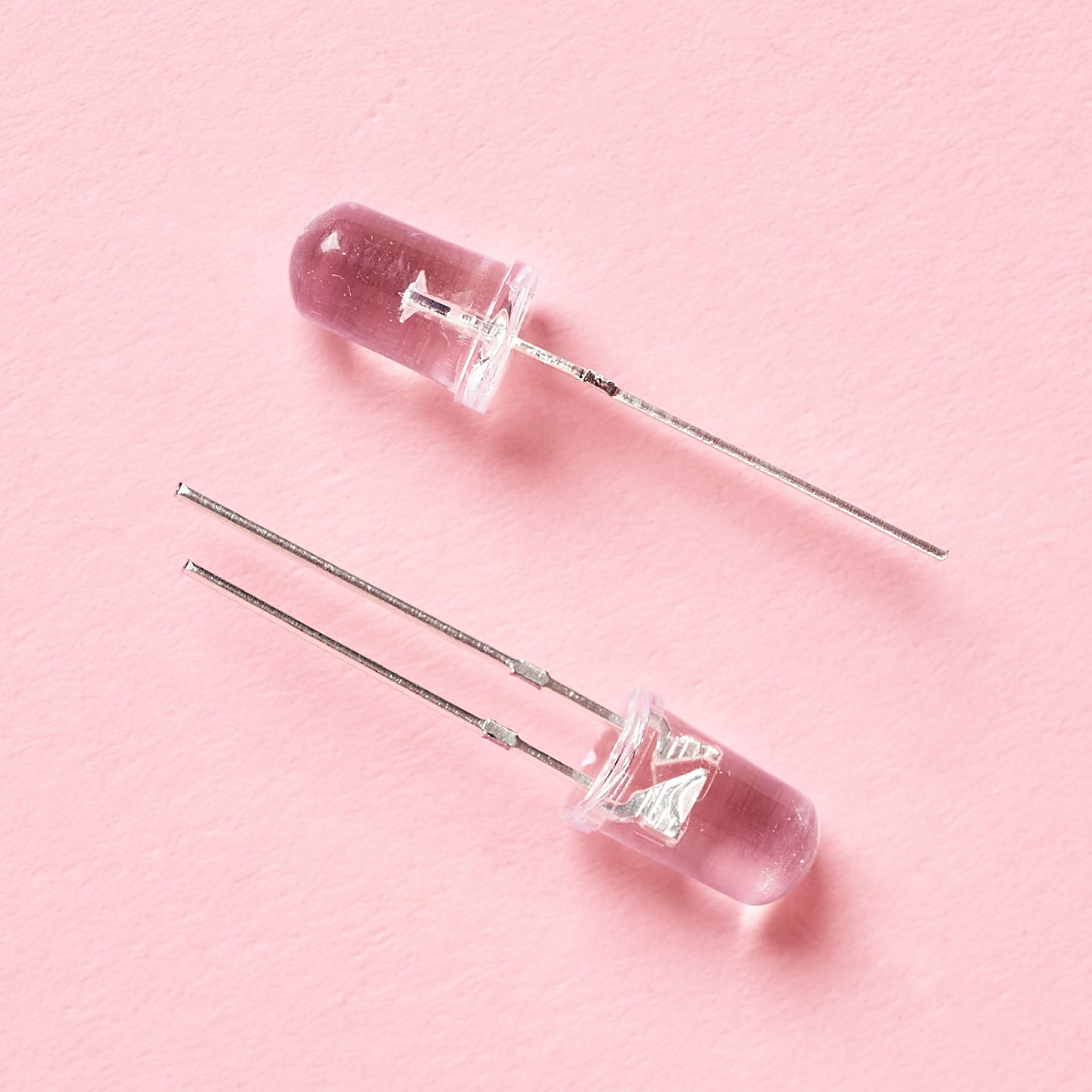


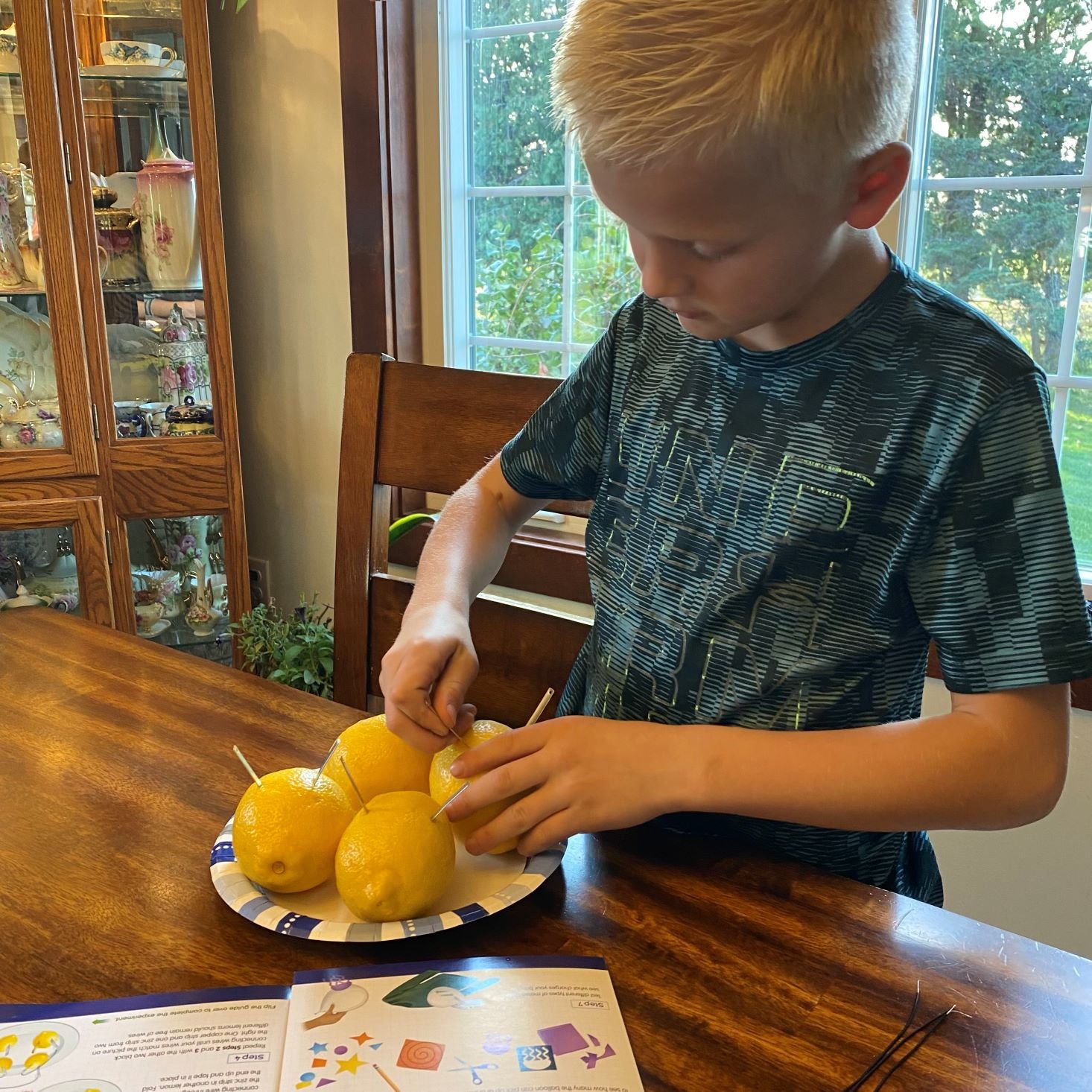










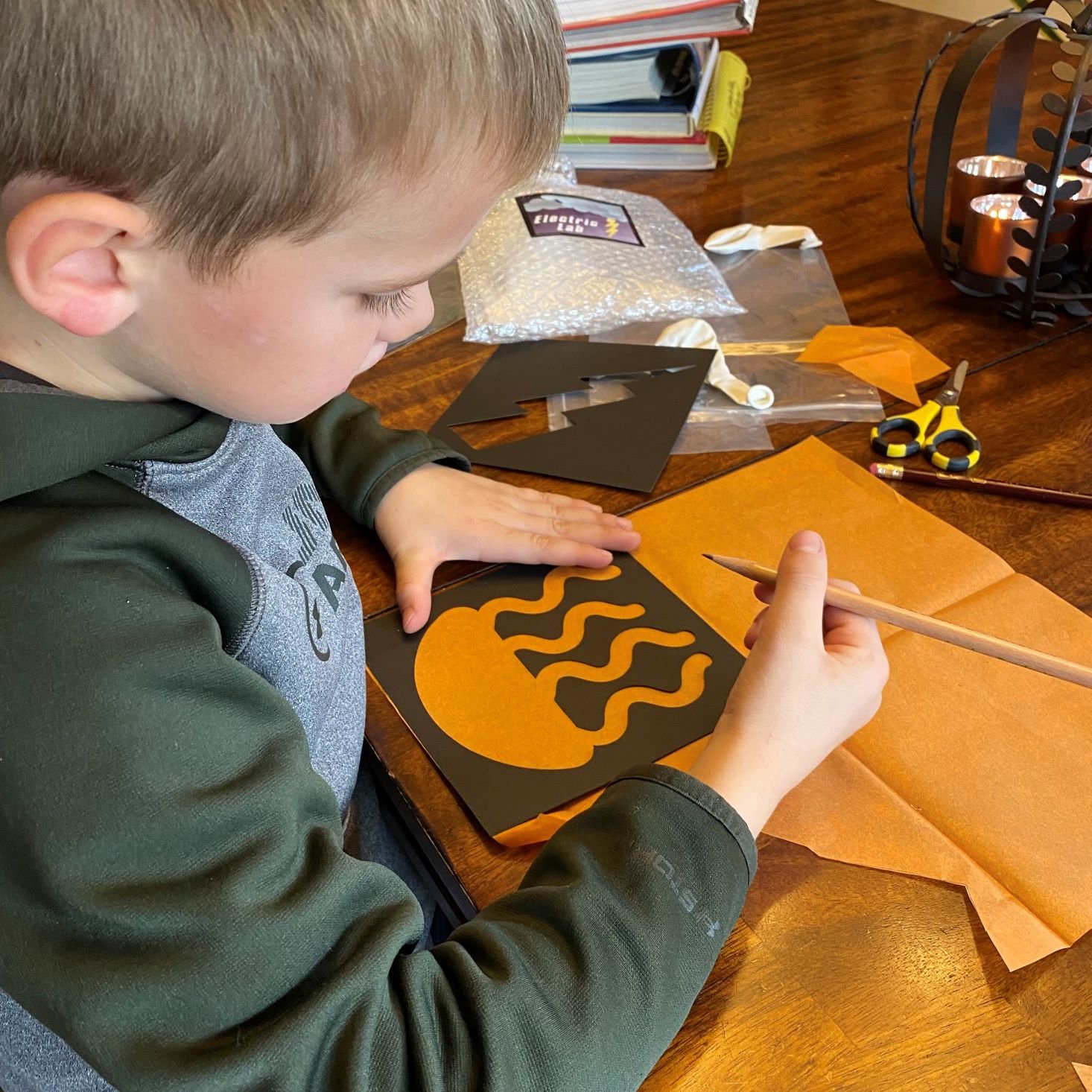

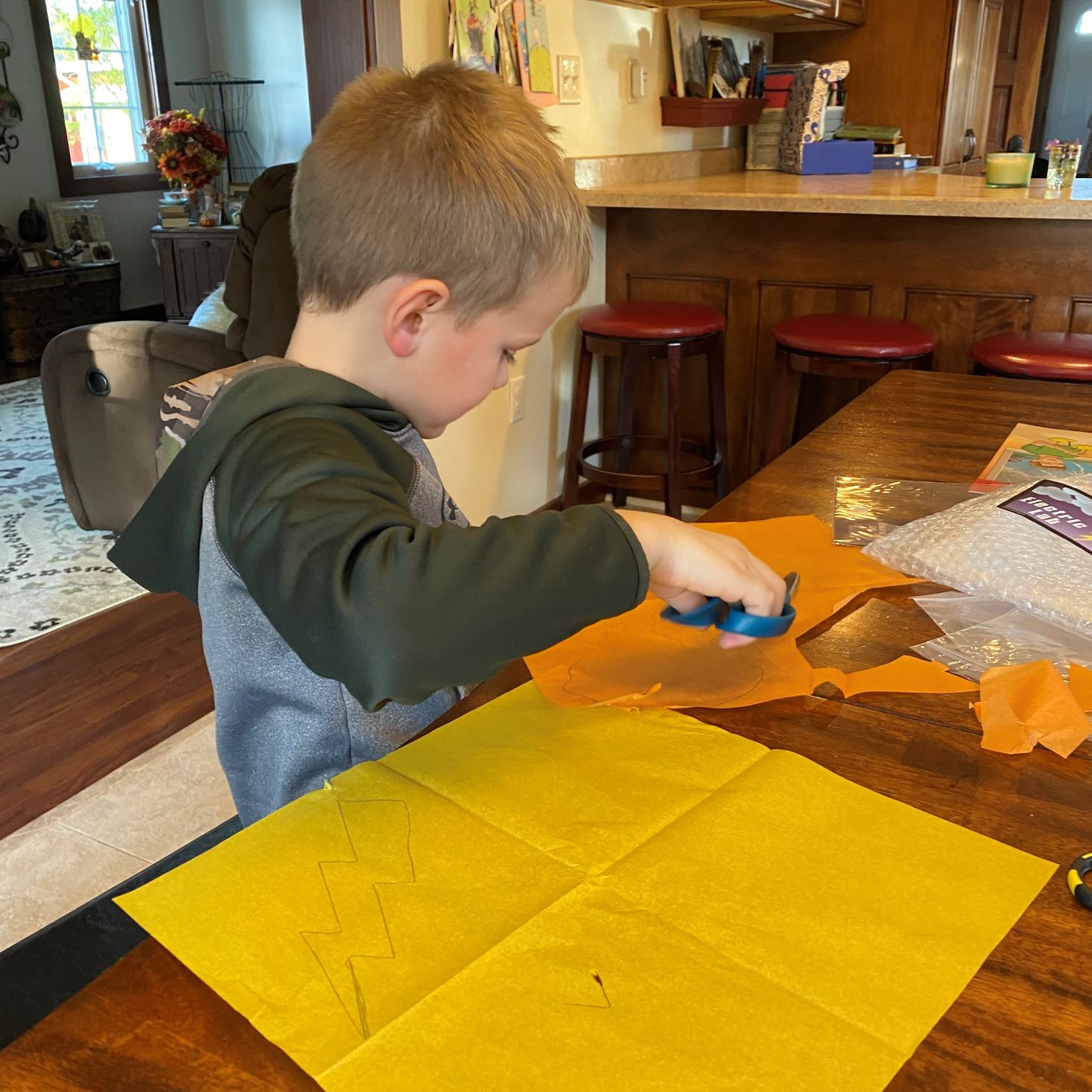
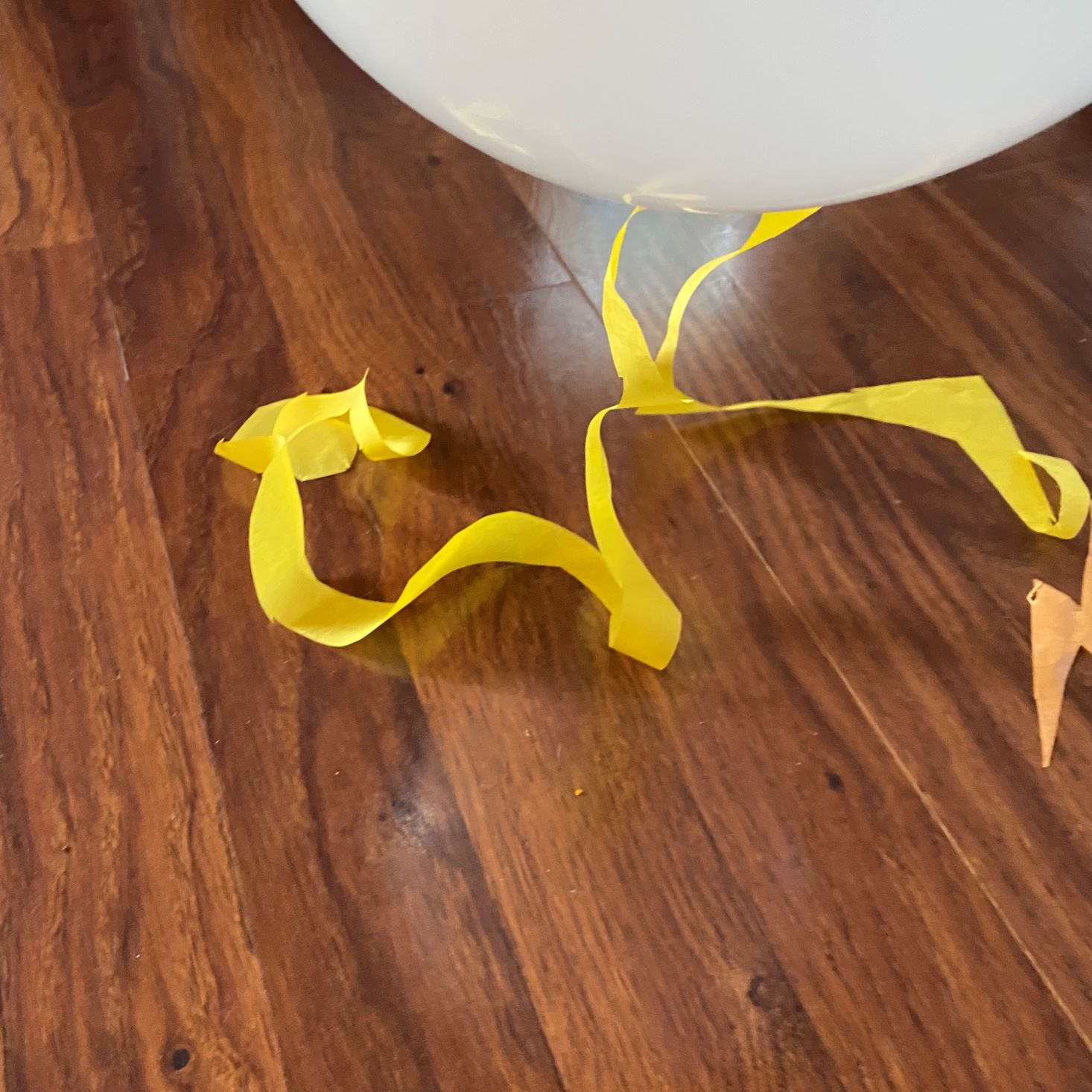


Please do not enter your email address in the Name field or in the comment content. Your email address will not be published. Required fields are marked *. Remember to post with kindness and respect. Comments with offensive language, cruelness to others, etc will not be approved. See our full comment policy here.